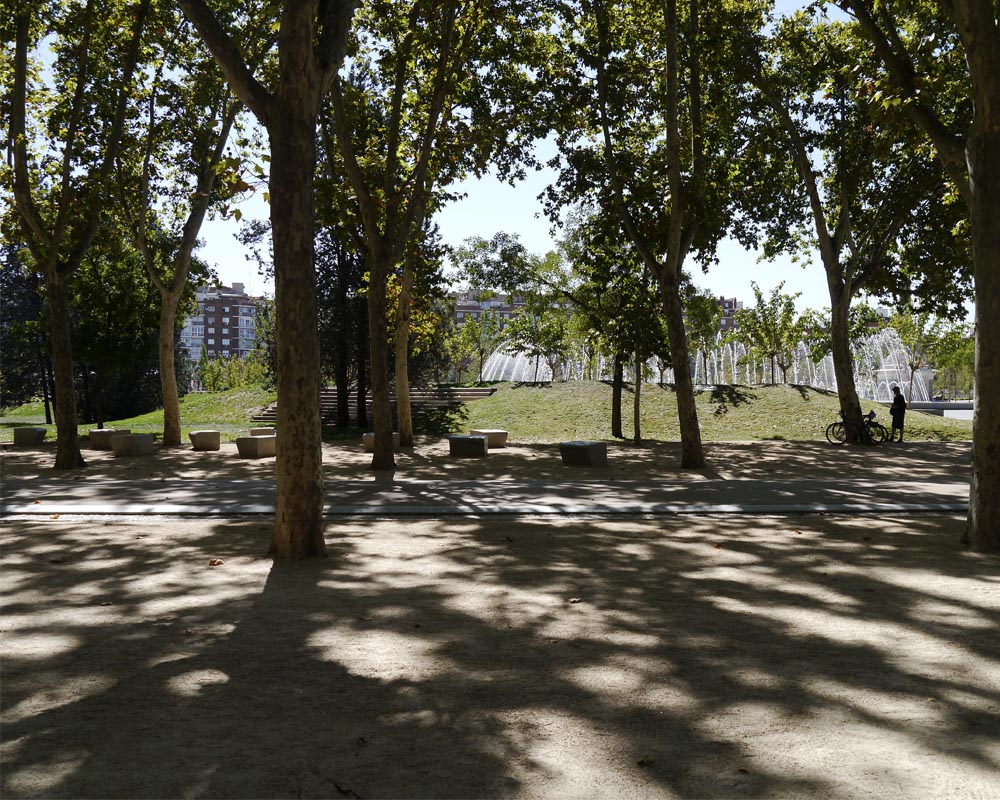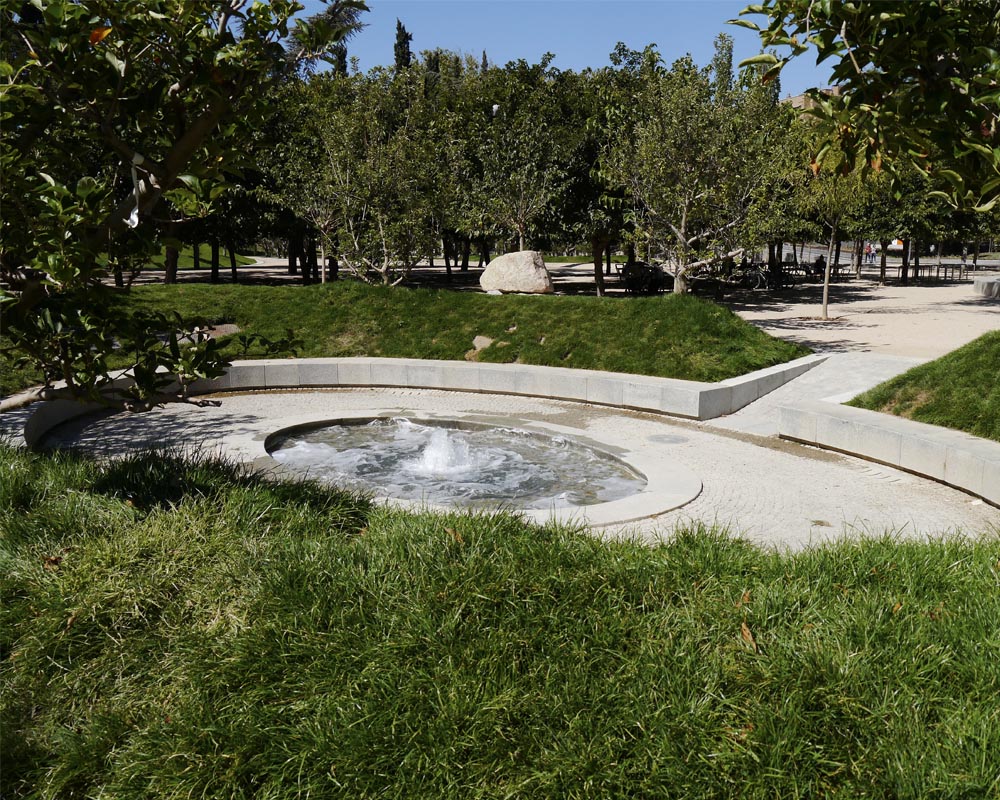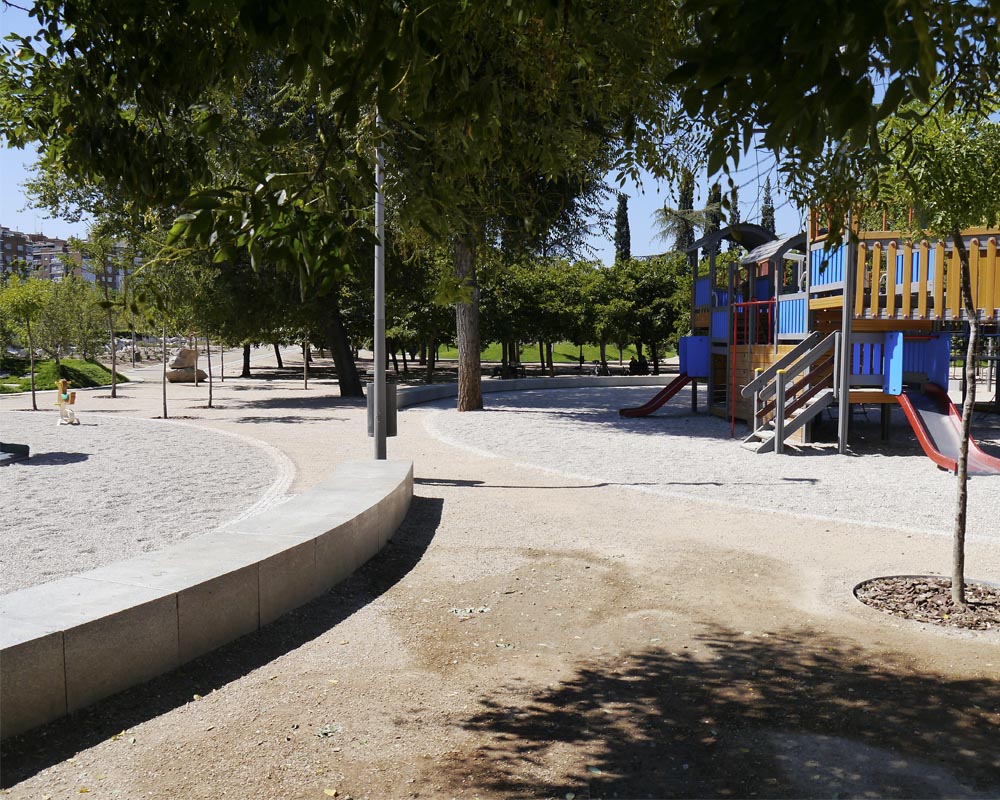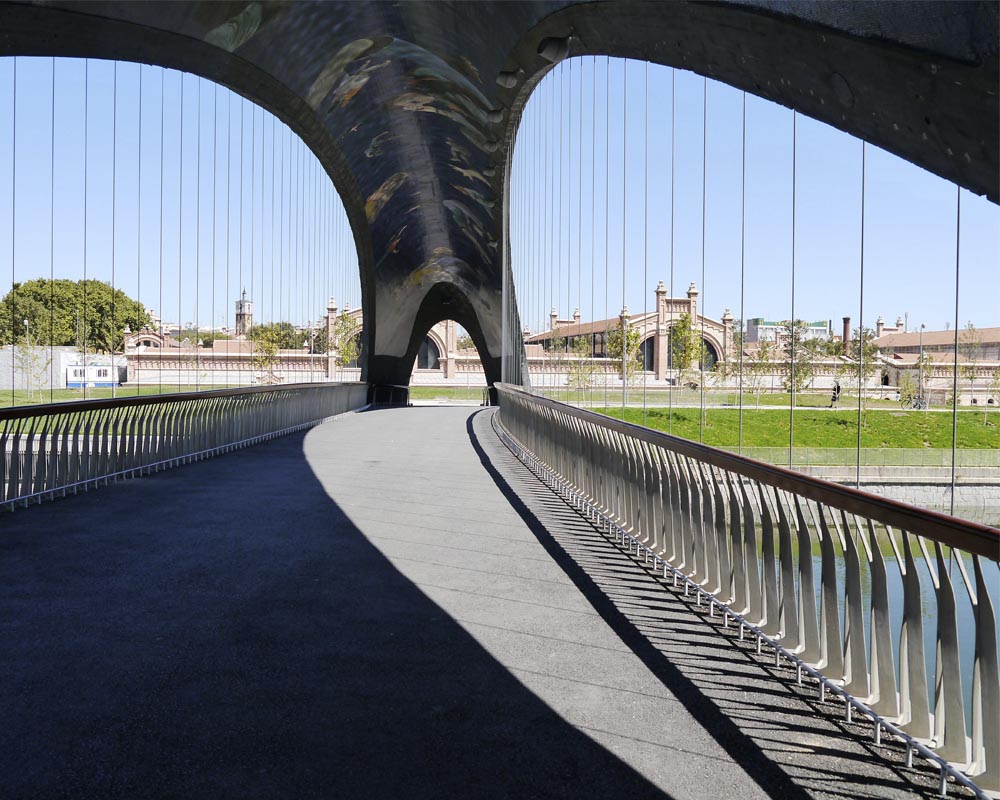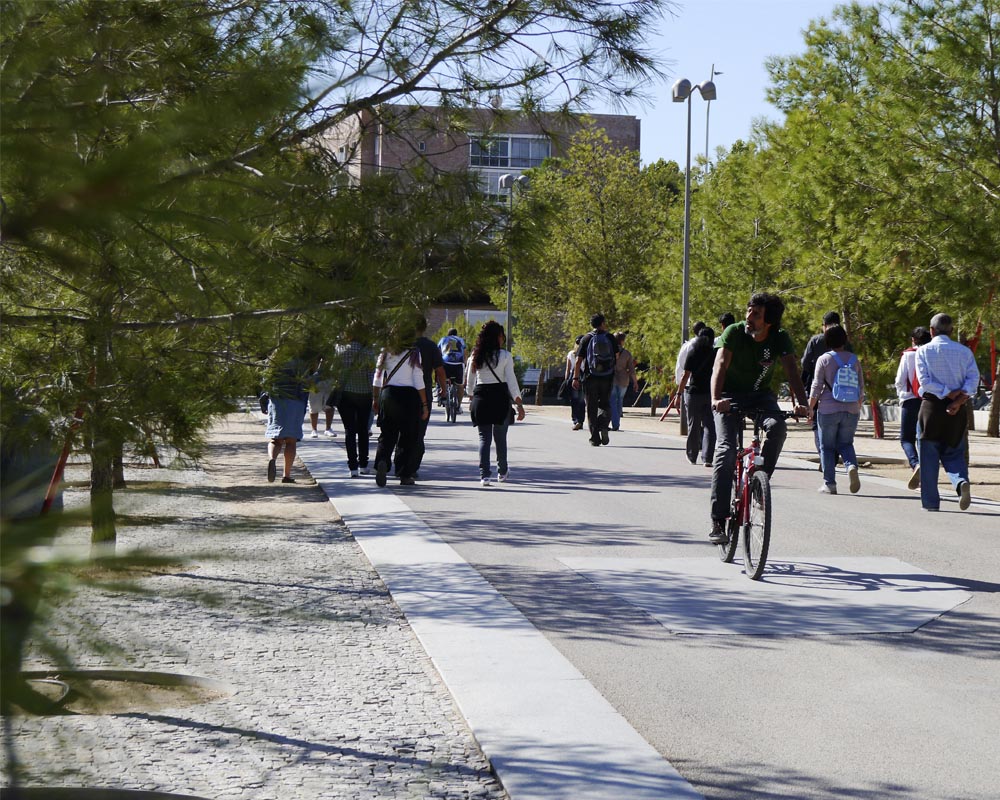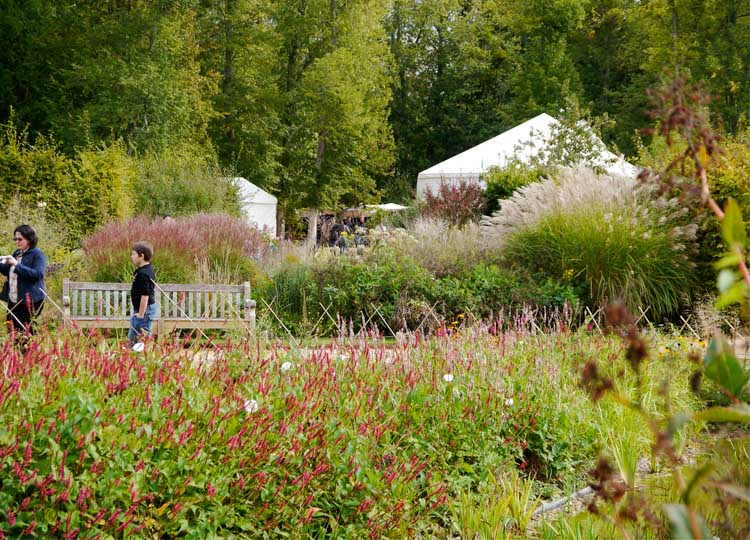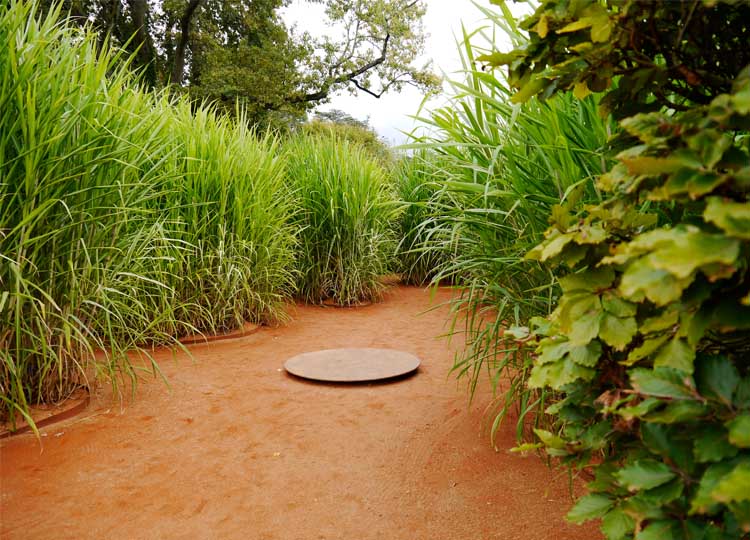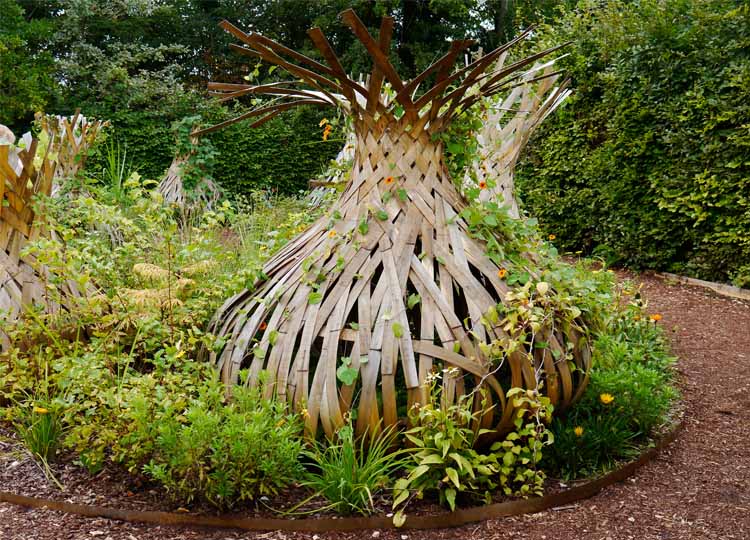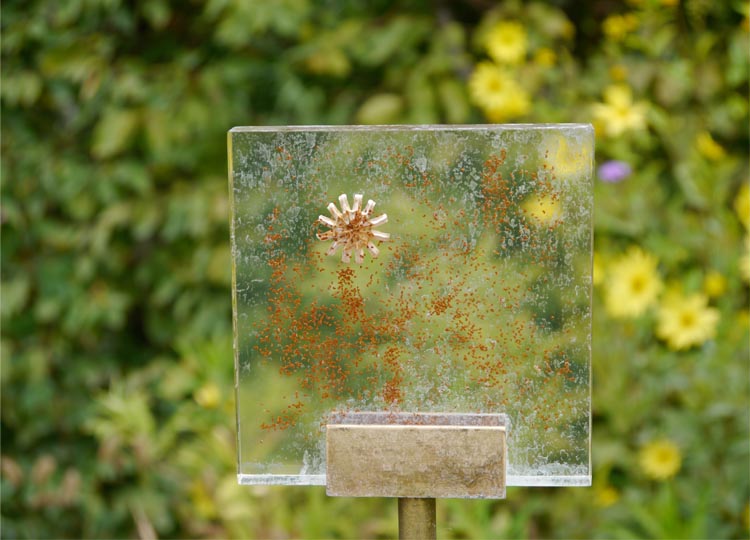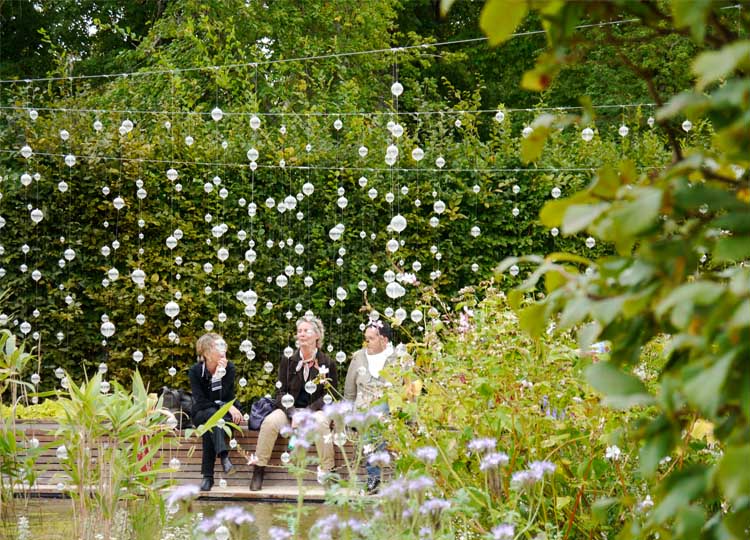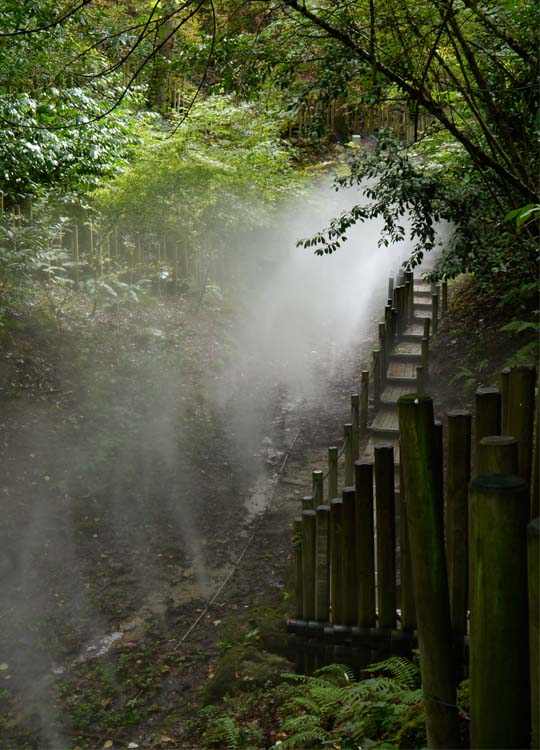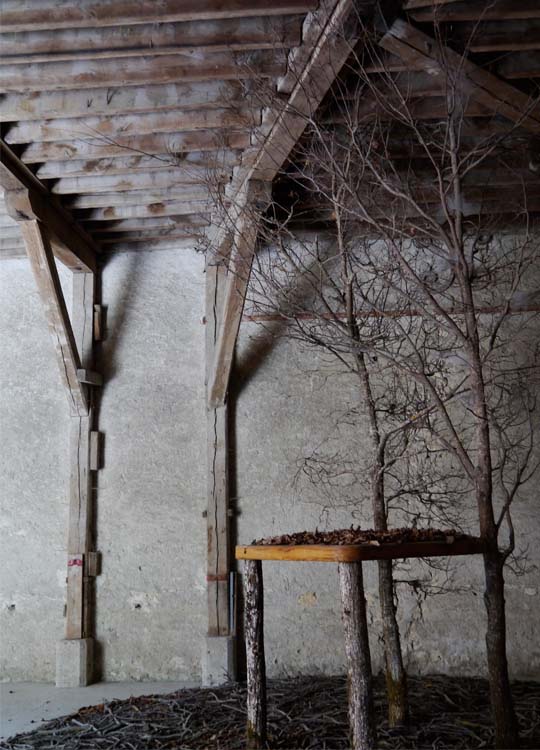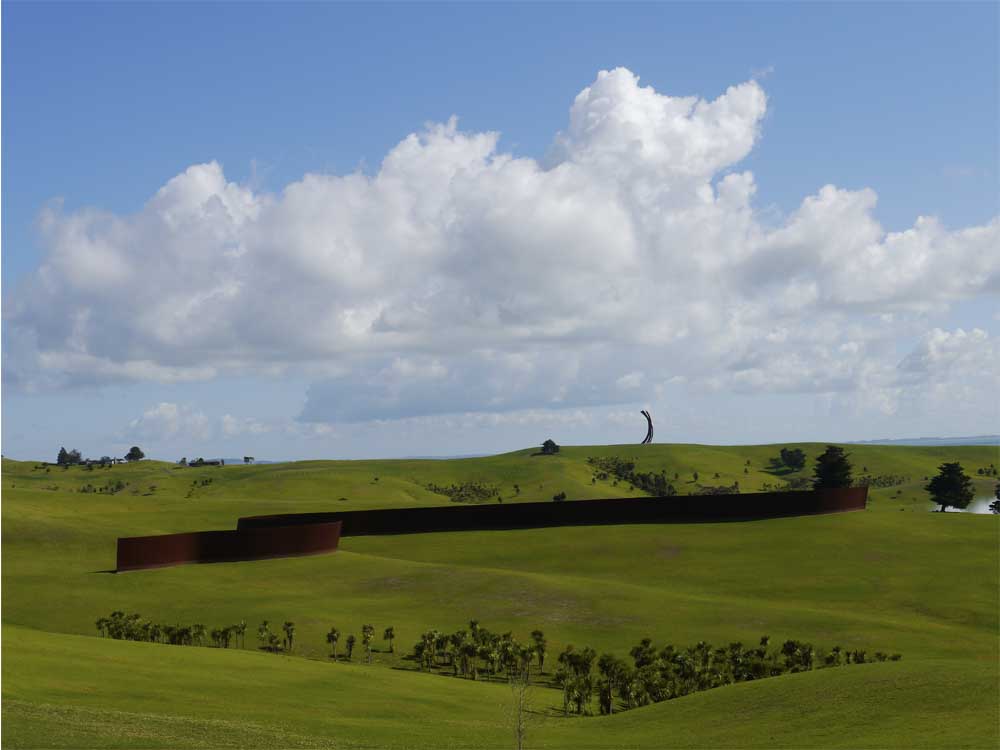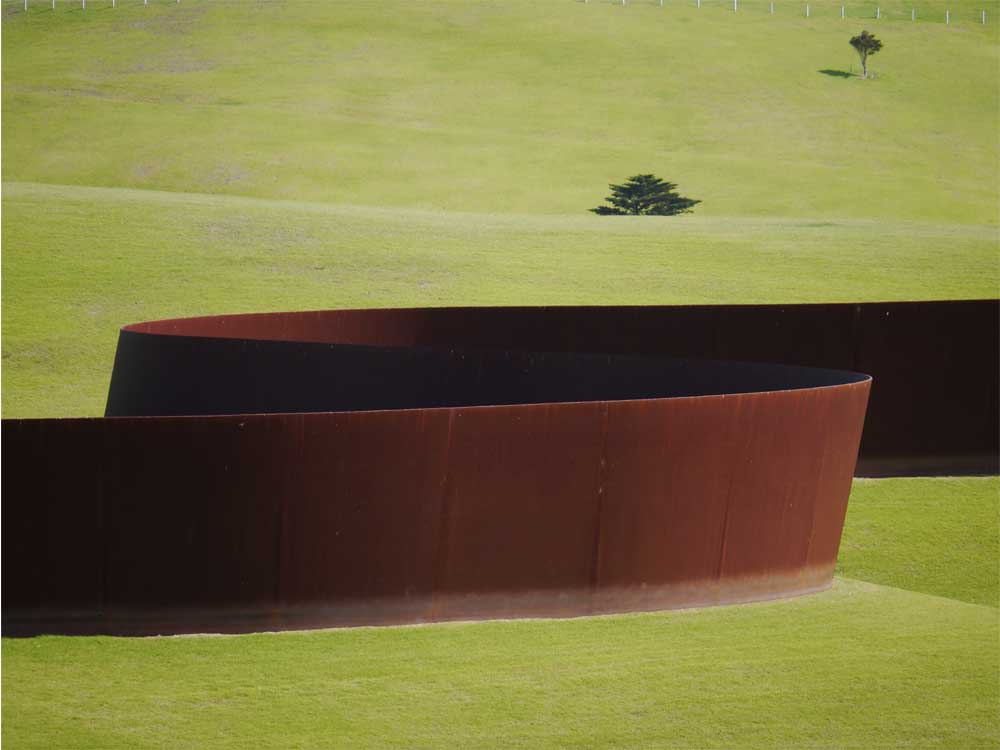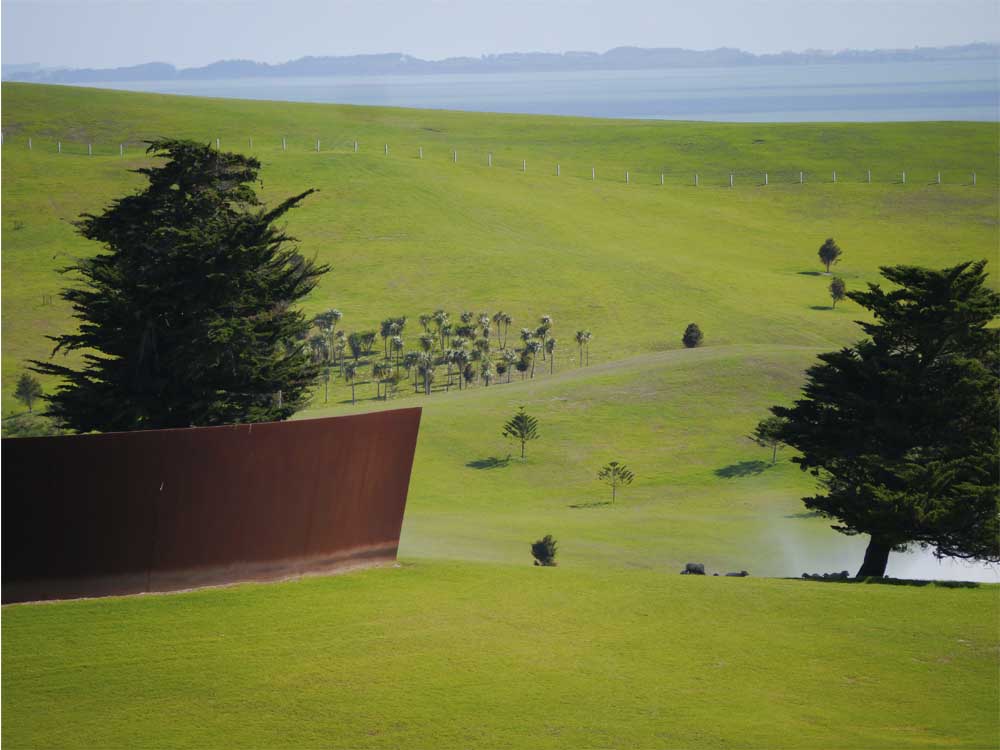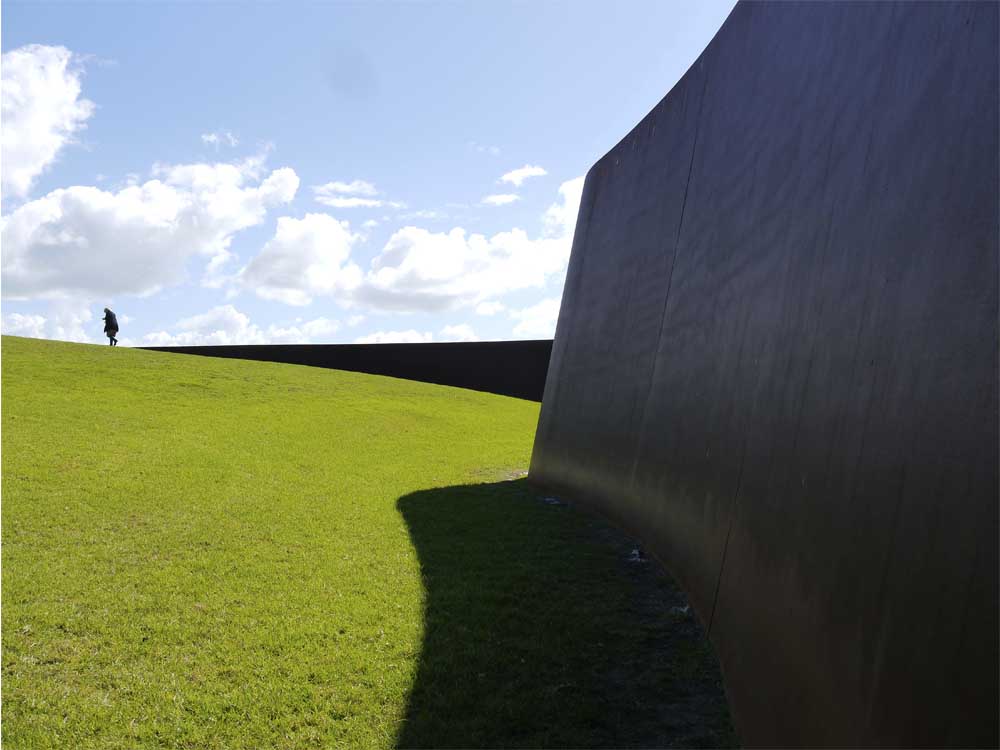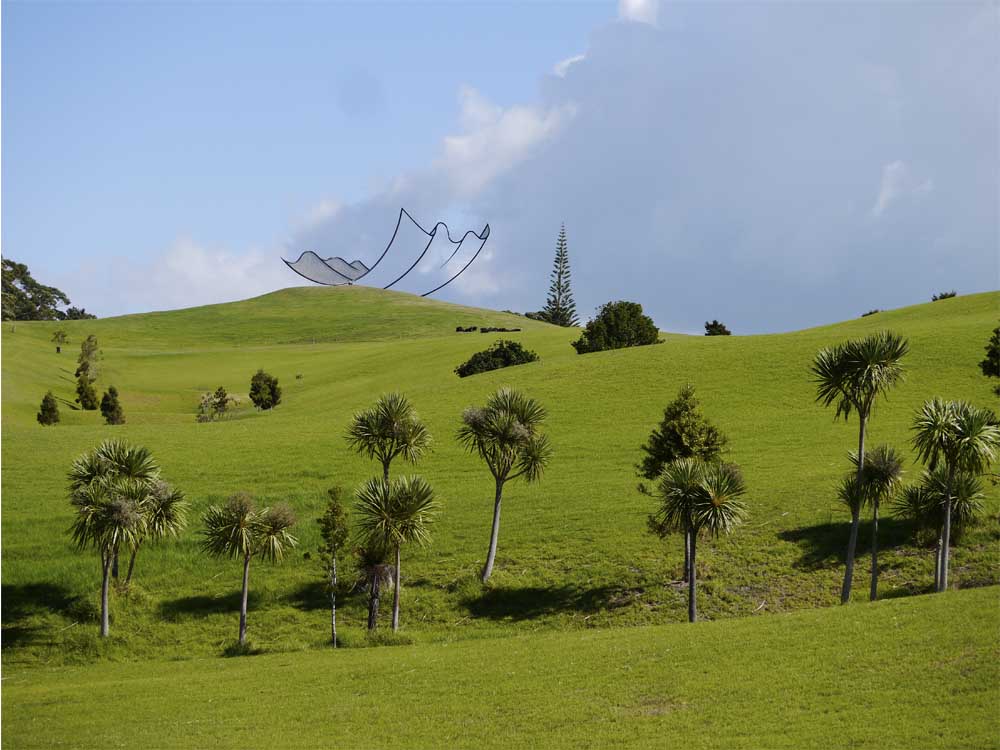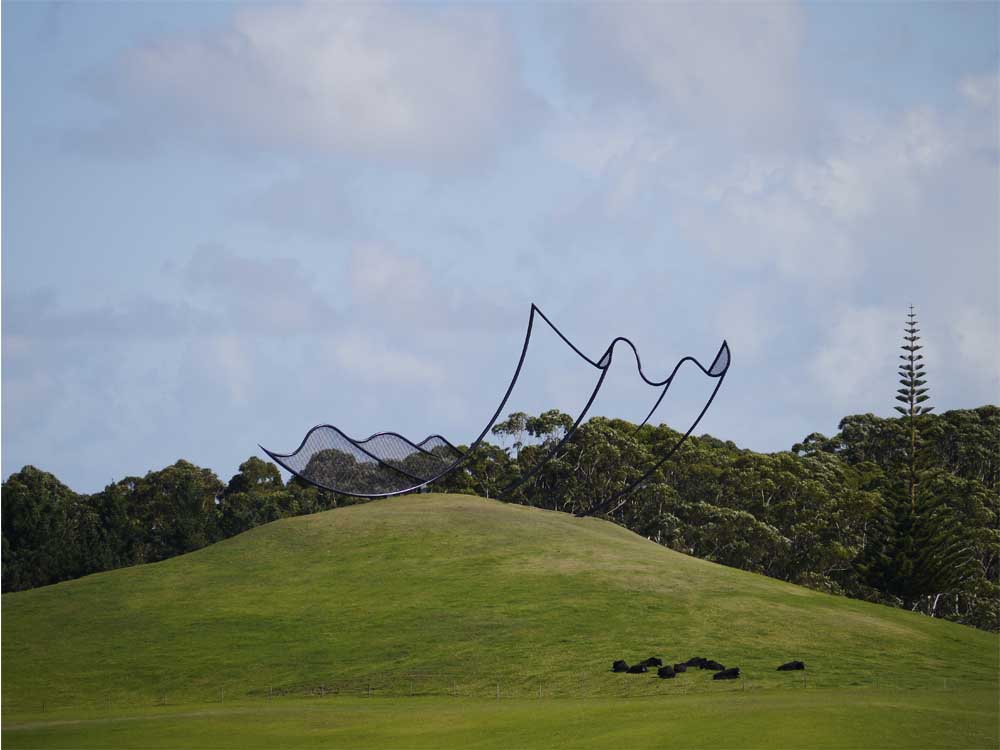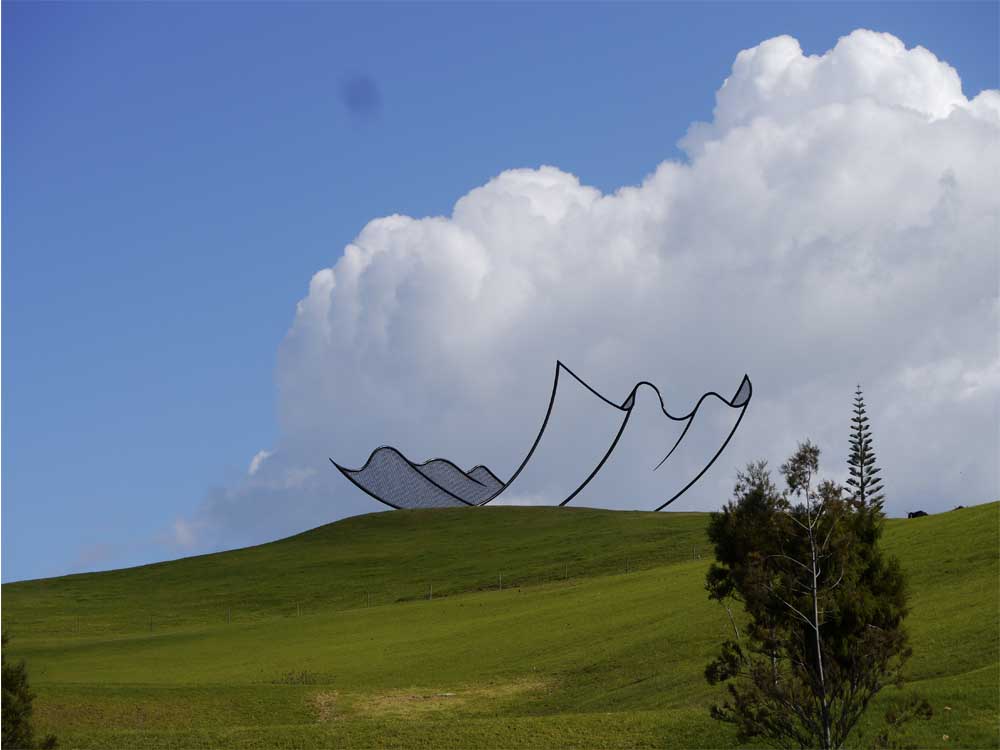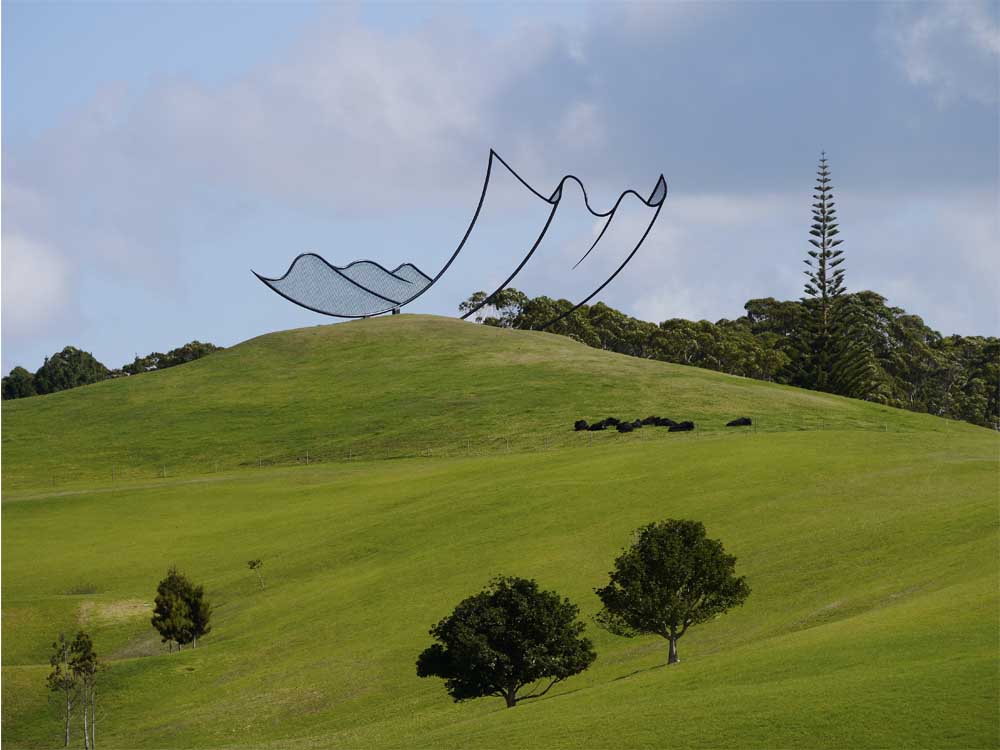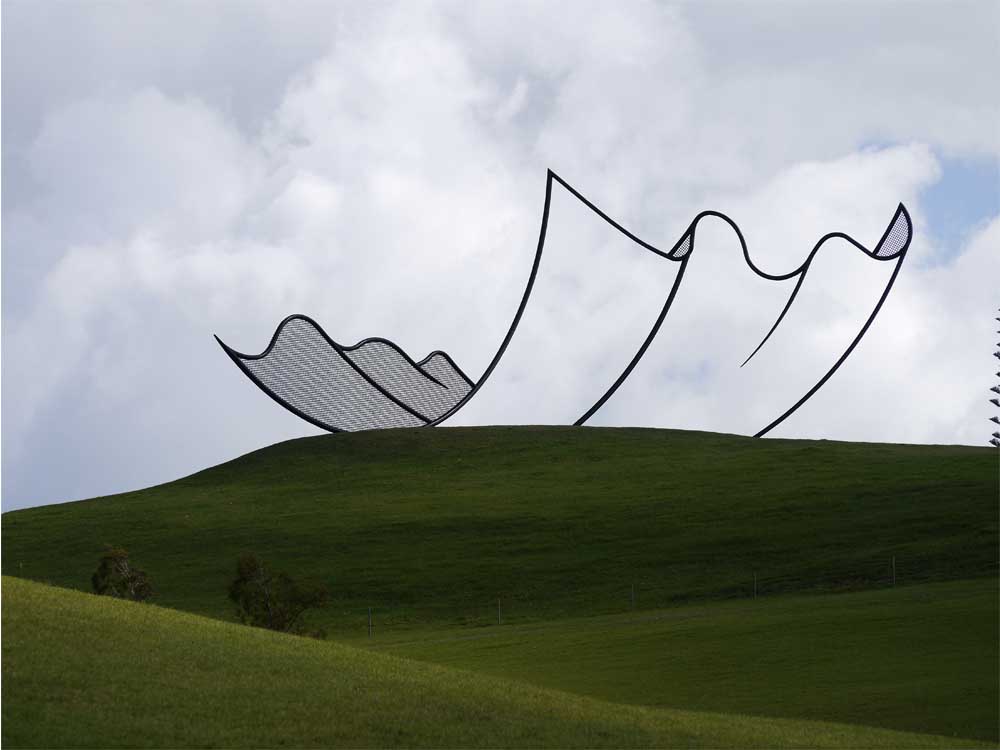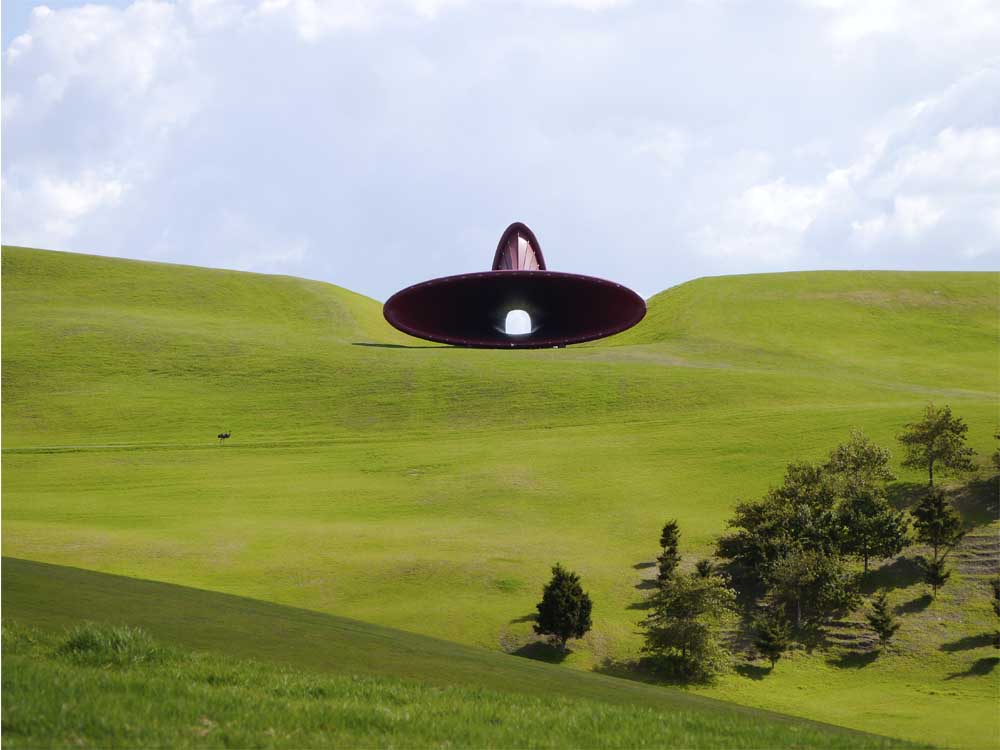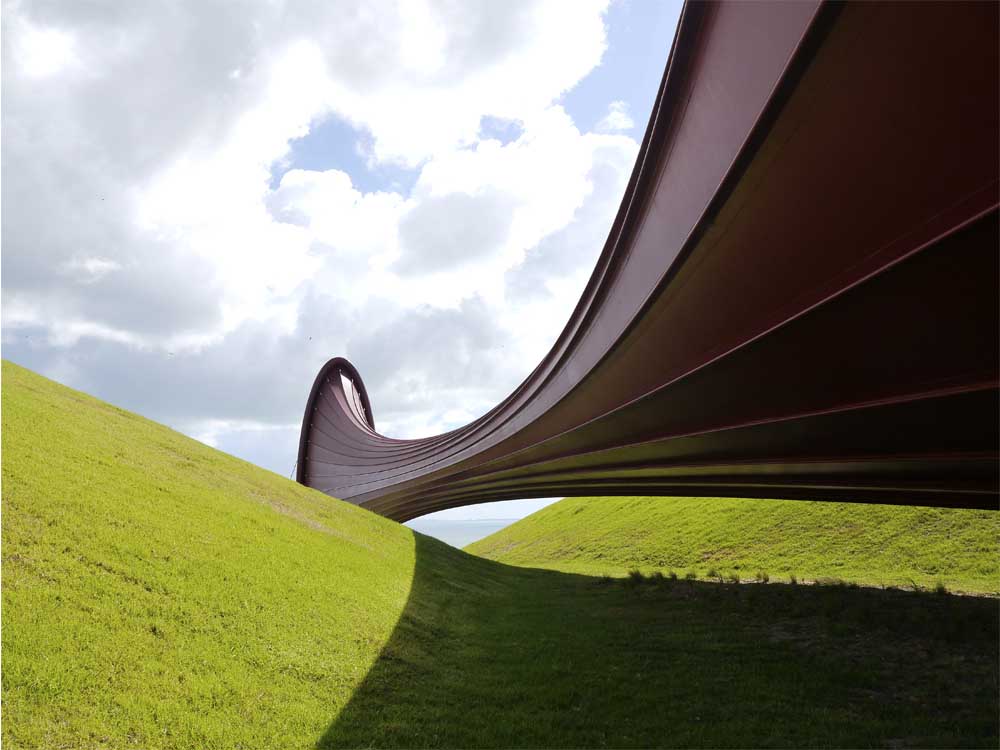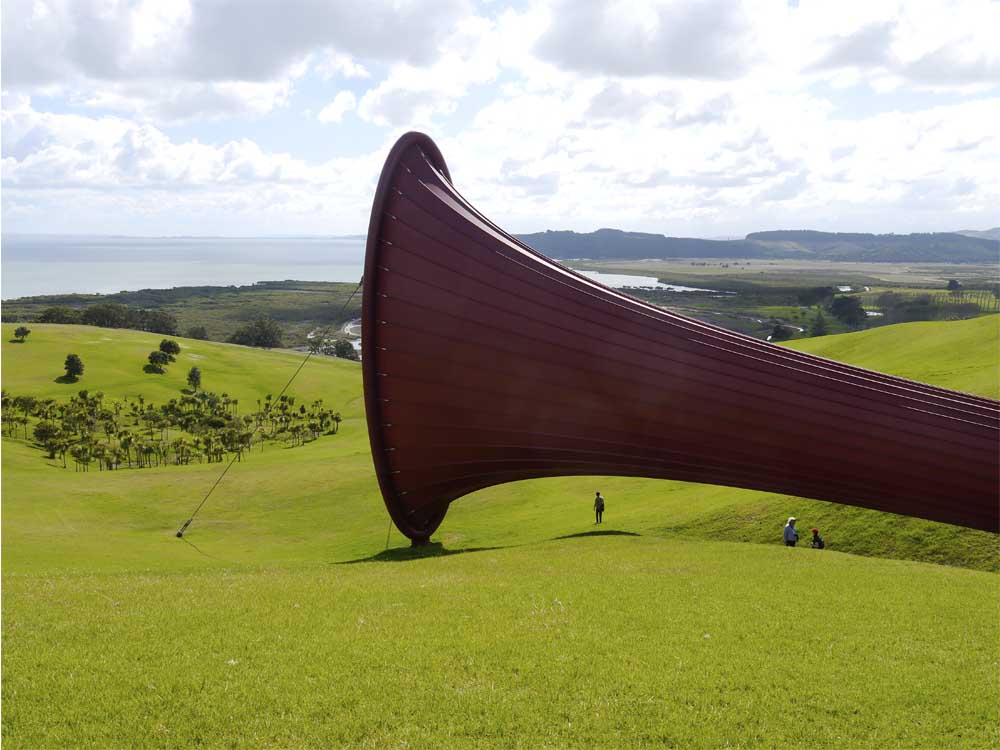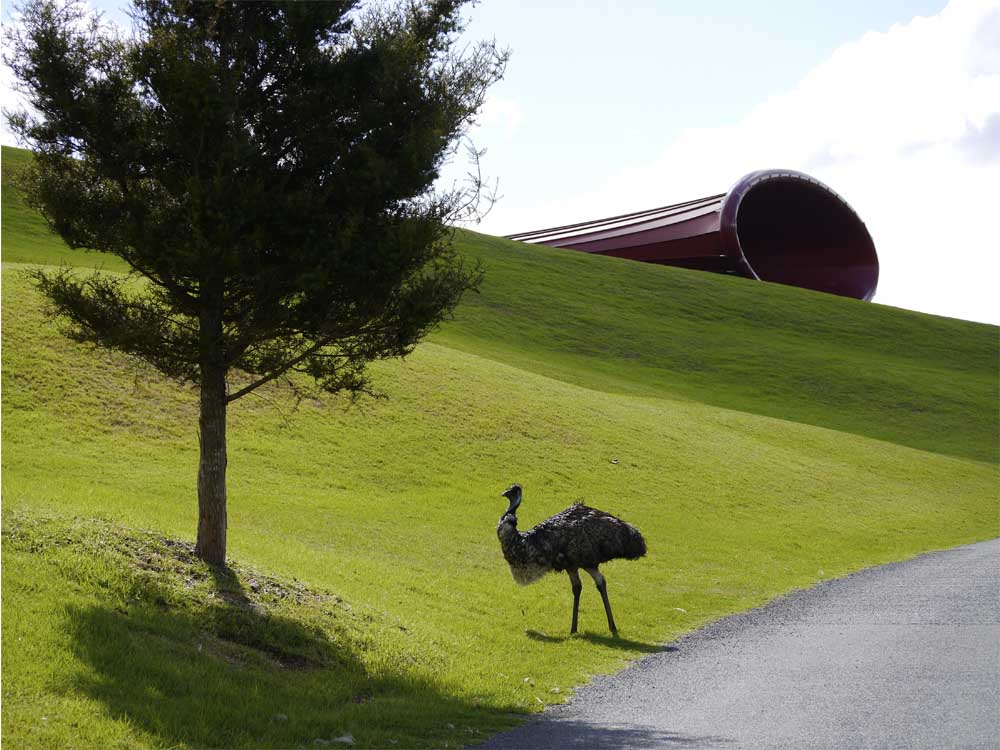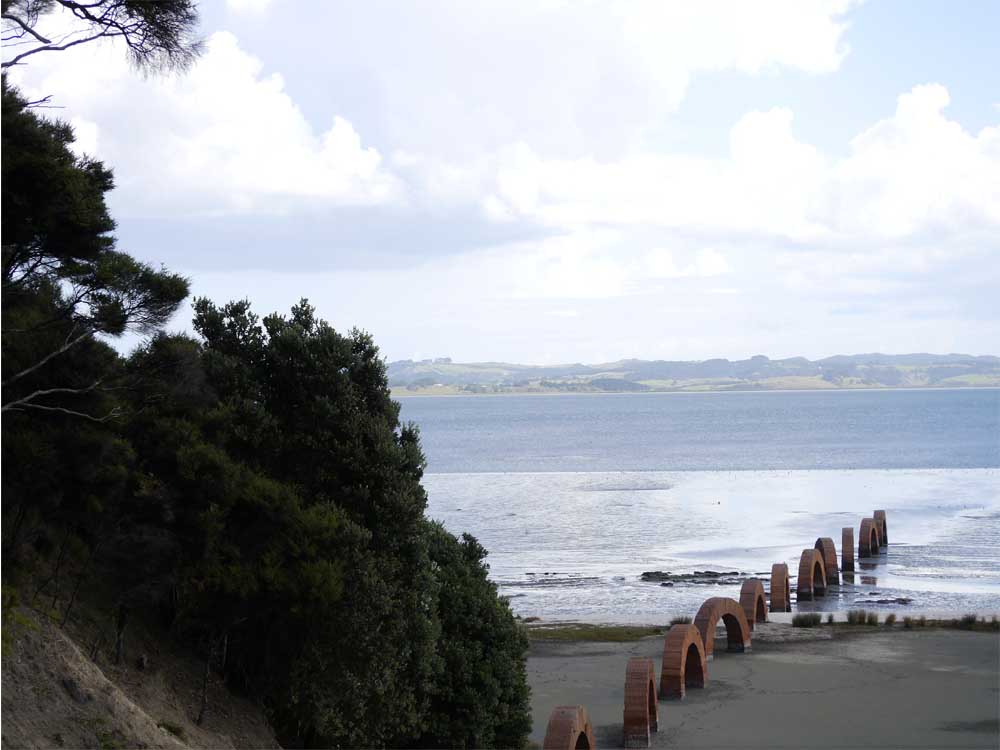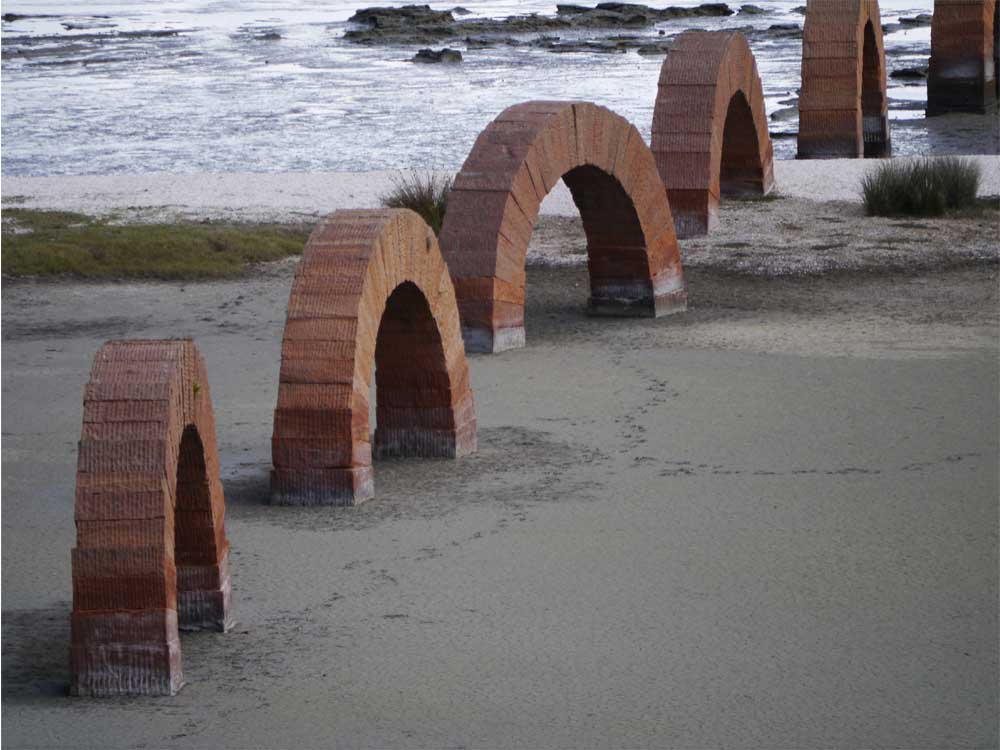Mackay, on the central Queensland coast, was once home to a woman, the wife of a manager of a sugarcane mill, who became so famous she had a dessert named after her.
Admittedly this is an unusual way to honour outstanding achievement, but then Dame Nellie Melba was no ordinary mill manager’s wife. Today Nellie Melba would not recognise the city where she once escaped the sweltering heat with musical gatherings at the School of Arts.
One thing she may enjoy though, is taking a gentle turn around the terrific Bluewater Trail.
Trail signage utilising salvaged wharf timber
In the past decade Mackay Regional Council has invested heavily in its Bluewater Trail. This multi-million dollar network is a remarkable linkage park, connecting people both back to and along a vast length of the Pioneer River from the Botanic Gardens to the rivermouth.
Sugar mill on the horizon - seen from the trail at the Botanic Gardens.
On an average winter weekend families cycle, kids and dogs in tow, shopping is transported, and fishing spots are crammed along the western segment of the Trail.
Crossing low-lying areas of the river plain.
Heading for the Catherine Freeman walk, named in honour of the Mackay-born athlete, gold medal winner at the 2000 Sydney Olympics.
This part of the former Hospital Bridge was retained as a fishing platform when the new bridge was built.
Midweek, the bluewater sparkles for tourists, mums and kids, more fishermen, and workers enjoying a quiet lunch beside the river on the Bluewater Quay precinct, through the city centre and beyond.
New inner-city fishing platform.
There are six distinct trail precincts: the Mackay Regional Botanic Gardens, Sandfly Creek Environmental walkway, Catherine Freeman walk, the free (and instantly popular) Bluewater swimming lagoon swimming, Bluewater Quay Public Open Space and Iluka Park.
The trail passes through the Botanic Gardens, at the edge of the lagoons.
Winter grevilleas.
Only west-facing ducks need apply...
Cascade at the Botanic Gardens.
Each has its own defining character. Some areas focus on lush vegetation with very simple sweeping pathways.
Others boast impressive public art installations.
Fishbones, by Fiona Foley, marks the start of the wharf precinct.
Sugar Cubes, by Fiona Foley, interprets the complex history of the district sugar industry.
Thumbprints are from the descendents of South Sea Islanders brought to Australia to work in the cane fields. The names of transporting ships appear on each 'sugar cube'.
Fiona Foley's Mangrove Cap, at the end of the trail.
Mangrove Cap, by Fiona Foley
Check it out in winter, when the days are clear and fresh. In summer, when you feel like flaying off your own skin to escape the unrelenting humidity, seek out a shady spot, catch the afternoon breeze, and head home after for a treat of tinned peaches and ice cream. Yum yum. Dame Nellie would be jealous.
Now it’s over to you.
What did you think of the Bluewater Trail? Is there an aspect of the park you’d most like to check out in person? Leave a comment below letting me know.
If you know someone who’d enjoy reading this article be sure to share it, and check back in a fortnight, when we'll be visiting a park with great lessons for home gardens and landscapes.
(pssst: Bluewater Trail is featured in my book. Check it out for more schweet Linkage Parks).








































